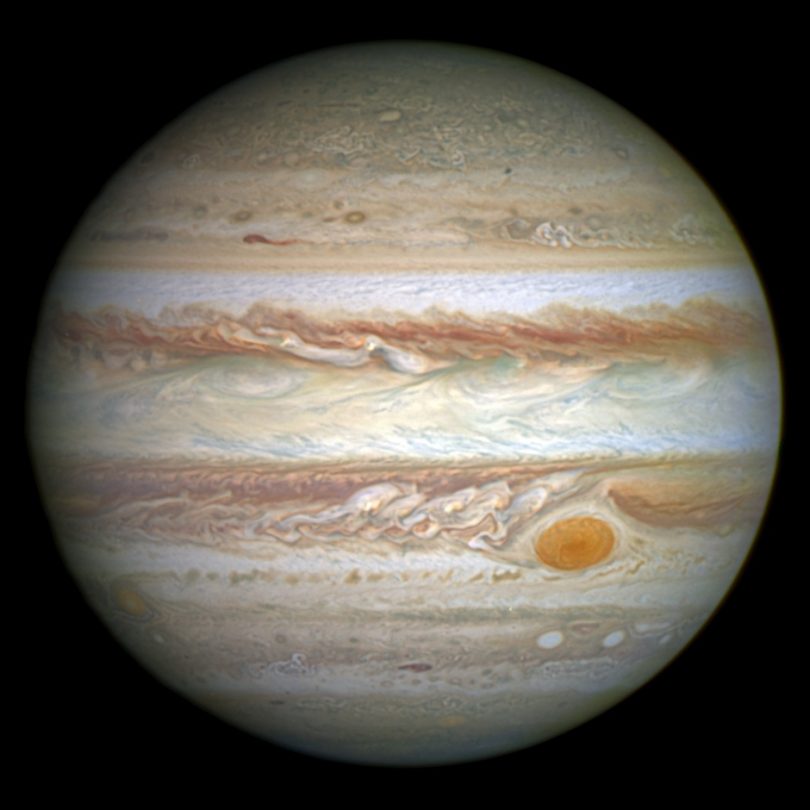After a five-year journey, NASA’s Juno spacecraft is finally set to close in on gas giant Jupiter on the 4th of July, travelling nearly 1.8 billion miles from Earth.
It is set to orbit the planet 32 times and will come within nearly 5000km above the tops of the planet’s clouds, coming closer than any spacecraft has ever done before.
Juno launched from Earth on August 5th 2011 and is the second spacecraft to be part of NASA’s New Frontiers Program, which "represents a pivotal step in the advancement of solar system exploration" and also wants to increase public awareness of space exploration. The first is the New Horizons mission, which aims to get a close look at the dwarf planet Pluto and its moons.

[Image: Wikimedia Commons]
How Juno will study Jupiter
The main scientific goal of the spacecraft is to reveal the structure, origin and evolution of Jupiter, a mission that will help scientists gain a better understanding of the beginnings of our solar system. The dense cloud that covers Jupiter hide what NASA scientists believe to be the "fundamental processes" that can help explain how our solar system formed.
Juno will have a collection of scientific instruments on board which will help it study and analyse Jupiter’s atmosphere. One of the most critical aspects of Jupiter which scientists are especially interested in are its water abundance.
"This will be determined by microwave radiometers that will detect thermal radiation from deep atmospheric layers, a completely new approach," says NASA on their website. Measuring the water abundance will help scientists in working out the specific processes and conditions that led to the origin of Jupiter and other giant planets.
Juno will also make maps of Jupiter’s gravitation and magnetic fields, allowing it to determine the mass of Jupiter’s core and its mysterious structure. It will also study Jupiter’s atmosphere closely to measure its cloud motions, temperature and composition. Moreover, it will study the planet’s magnetosphere and provide new information about how Jupiter’s vast magnetic field influences its atmosphere. It will also ascertain why Jupiter has the brightest auroras in the solar system.

[Image: Pixabay]
Why is NASA so interested in Jupiter?
Nearly 4.5 billion years ago, a nebula – giant cloud of gas and dust – disintegrated to form our solar system. Most of this nebula became the Sun, and the rest condensed to form Earth and other planets. As Jupiter mostly consists of hydrogen and helium, the same light gases that make up the Sun, it was one of the first planets to form. Therefore, scientists believe that Jupiter possibly holds important clues about the origin of the solar system.
Its enormous size also means that it has deeply influenced the evolution and formation of other planets. Moreover, as it has managed to retain its original composition and not experience as many changes as other planets, it has also enabled us with a way of tracing our solar system’s history.
By studying Jupiter’s composition, NASA will be able to understand the history and structure of our solar system. Not only that, but Jupiter will also be able to provide important knowledge for understanding numerous planetary systems being discovered around other stars.
What do you think of NASA's experiments on Jupiter? Have your say in the comments section below.









